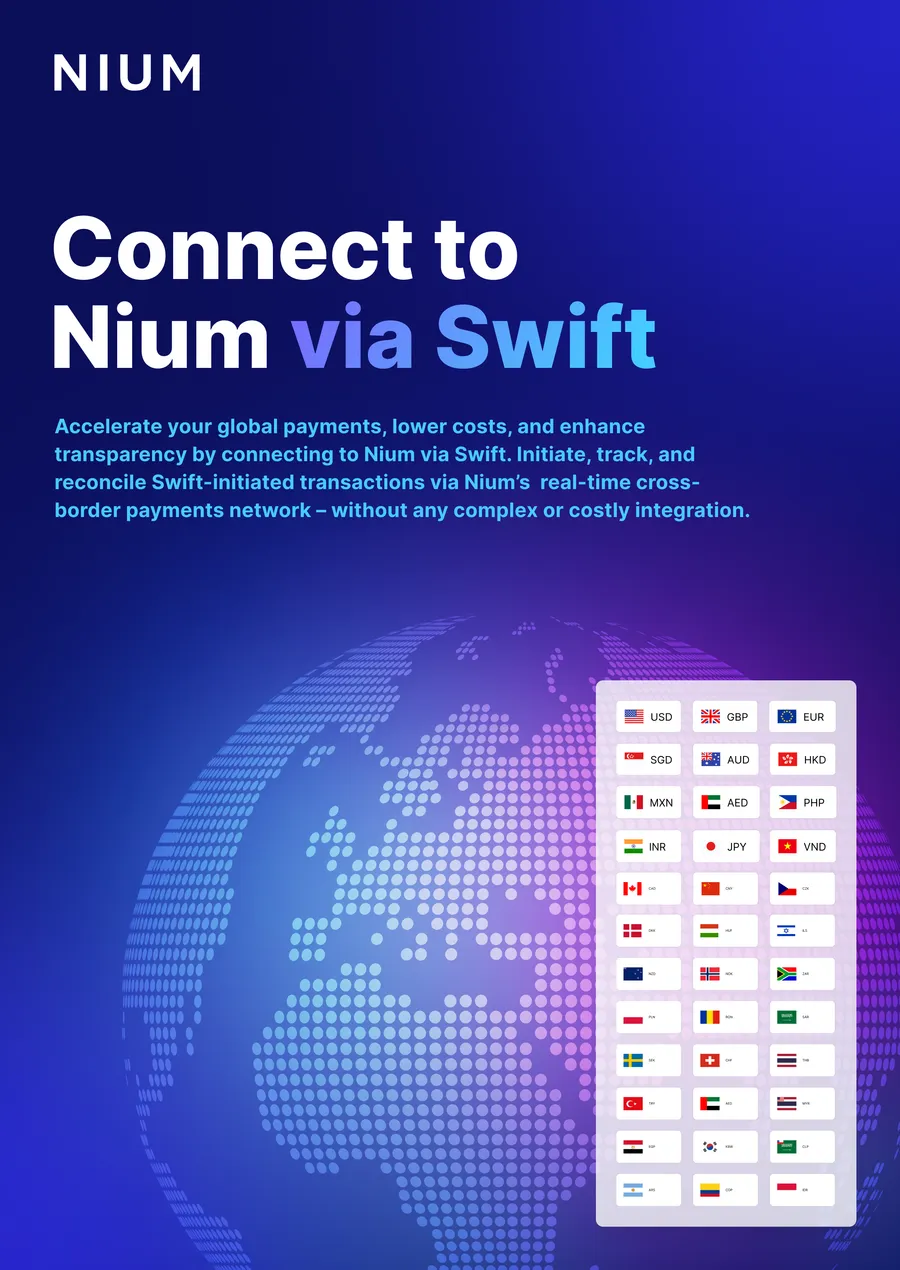Embedded finance has the potential to touch every part of the business landscape, as non-bank companies integrate financial services into their existing experience. Indeed, embedded finance revenues are predicted to reach $140.8 billion by 2025
In this new landscape is the implicit recognition that, for some clients, banks may not always be the most convenient or best-placed option for banking services. This opens the door for other businesses to leverage their existing relationships and networks to create their own financial ecosystems. In this article, we explore four areas where rising demand could shape the future of embedded finance uptake.
Flexible finance in emerging markets
Growth in emerging economies has long been slowed by uneven access to financial service and capital, with incumbent banks reluctant to engage with the less wealthy individuals and small and micro enterprises. Reasons for this include:
- High costs to serve customers with low or irregular incomes.
- Difficulty in reaching consumers in remote areas.
- Limited data preventing reliable and efficient creditworthiness assessments.
- And, lack of basic financial inclusion initiatives and customer awareness.
The increased penetration of mobile technology has provided a new avenue for previously underserved customers and businesses to access financial services, such as microfinance loans, digital payments and savings.
For these customers, embedded finance can overcome some of the traditional barriers to financial access by providing digital financial services without the need for branches, using existing financial relationships to gauge creditworthiness and tailoring services to the needs of local communities. This can also be an alternative route to market for incumbent banks, working through intermediaries in a high-volume, low-margin business model, based on new technology, proving to be an overall win-win to the financial inclusion agenda.
Firms looking for custom-tailored solutions
Traditionally, non-finance businesses looking for financial services had limited options, and limited flexibility, in their choice of provider. The same bank that provided your business account would also provide your payment services, and be your first port of call for lending.
However, these arrangements could also be limiting for businesses and their customers, with issues such as:
- Inflexible borrowing terms and high borrowing costs.
- Uneven service provision across different business lines.
- Legacy technology preventing new services.
Embedded finance uncouples financial services from banks, enabling firms to mix and match solutions according to the needs of their business or their customers.
For example, a company could use a legacy bank that provides the best interest rates for their business account, while using a fintech firm to provide digital payment services, and a digital lender for short term lending to cover potential cash flow issues. Through an intermediary Banking-as-a-service (BaaS) platform such as Nium, financial data can flow seamlessly through these services, providing a connected experience.
The high-potential SME market
In the UK, small and medium enterprises (SMEs) have a turnover of $3.1 trillion (£2.3 trillion) and account for 99.9% of the business population. However, the complex needs of SMEs have led to banks taking a broad-brush approach, based on grouped needs.
In the interest of risk control, banks follow rigid credit scoring models, making them slow to open accounts, slow to lend, and often unwilling to lend to new entrepreneurs.
Currently, it’s expensive for banks to personalise offers for small businesses due to manual processes, legacy technology and outdated business models. However, the growing financial ecosystem for SMEs offers a range of opportunities for new companies to serve their needs, as well for banks to unbundle services via new routes to market, such as:
- Mixing and matching payment providers based on regions, rates and currencies, using a global BaaS provider such as Nium.
- Obtaining capital through accounting software partners, such as the integration between Xero and iwoca.
- Managing payment terms and debt directly through suppliers and invoice finance, such as with the real-time funding platform from Funding Options.
Businesses creating their own ecosystems
Businesses of all sizes manage their own financial system of dependents and beneficiaries. Any company that counts customers, suppliers, workers has to move capital between parties and their own accounts to trade effectively.
Traditionally, this would all be done via a bank, creating a highly dependent, unequal relationship, with potential for high fees, delays and long contracts. Moving money between stakeholders and accounts in this system is expensive, inefficient and slow. However, integration of BaaS enables businesses to create their own bespoke ecosystems that keep money within their control, with embedded solutions predicted to capture 26% of global SME banking revenue by 2025 as banking services move into the other digital apps and services that SMEs rely on.
With flexible, monthly-payment solutions, and cloud data storage, businesses can easily move between solutions and providers for savings, payments, forex and funding. This maximises flexibility, control and efficiency in their own ecosystem, alongside improving cost efficiency and reducing reliance on a single provider.
Riding the embedded finance growth wave
For banks and businesses alike, embedded finance is a huge opportunity. While unbundling reduces the reliance of businesses on individual banks, it opens the door for forward-thinking institutions to create new routes to market and more efficient business models based on technology, value and customer service.
In a changing market, the platforms, institutions and service providers that will succeed in the embedded finance future will be those that can adapt. To do this, they must align their services with the needs of their market and work with partners to create distinct, compelling value propositions. This starts with flexible technology and an innovation-mindset.
Nium works with financial and non-banking institutions worldwide to help them create connected, value-driving financial experiences that retain customers and grow revenue. To find out how you can get the most out of the future of embedded finance, get in touch with our team today.



.png@webp)

.png@webp)
.png@webp)
.png@webp)




